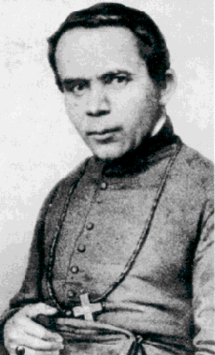
Advent 2020 begins on Sunday, November 29th. Which gives me more or less four weeks to get ready. In order for Advent to be a peaceful and faithful time I like to get as much of the Christmas prep out of the way as possible. So in the four weeks leading up to Advent I have this plan.
Week 1 – Lists and Inventory
Week 2 – Deep Cleaning and Organize
Week 3 – Shopping
Week 4 – Thanksgiving and Prep
Week 1
This week we are making lists and taking inventory. We have a list of the things we want to do during Advent and put events on the family calendar, a list of crafts that we want to make and a shopping list for what we need. Any parties we are wanting to host and what we need for them. Menus, cookie baking, candy making and Christmas giving as well.
This is also the week for taking inventory of what we have and what we might want to let go of and what we might want to add. Make sure we have Advent candles. I also like to do a walk through of the house and add any small fixes or repairs that need to happen for next week.
Week 2
Deep cleaning and Organizing is pretty straight forward. (weather permitting we will put lights on the house but not start turning them on until after Thanksgiving. ) During this we will go through toys, cloths and craft supplies and get rid of anything that we can. Anything we find we will need can get added to our lists.
Week 3
Shopping week we will go through our lists and order any gifts that we need. My goal is to have Christmas shopping done this week so that I am not doing the stress shopping thing during December. We also buy non-perishables that we will need for baking and cooking and anything that is on our shopping lists and of course, Thanksgiving dinner shopping.
Week 4
Thanksgiving week is basically set aside for the big feast, and making Advent wreaths, setting up the Advent calendar and family time. We don’t do Black Friday shopping.
Which all leads into a more peaceful Advent that we can focus on the birth of our Savior and making happy family memories.

 One rather artistic idea from the comments on the video was that our sins are washed away in confession to the point that in the eyes of God they never happen – so in a certain sense the priest’s father wasn’t killed by the penitent. But that is really an Obi Wan “certain point of view” moment and not really satisfactory.
One rather artistic idea from the comments on the video was that our sins are washed away in confession to the point that in the eyes of God they never happen – so in a certain sense the priest’s father wasn’t killed by the penitent. But that is really an Obi Wan “certain point of view” moment and not really satisfactory.








